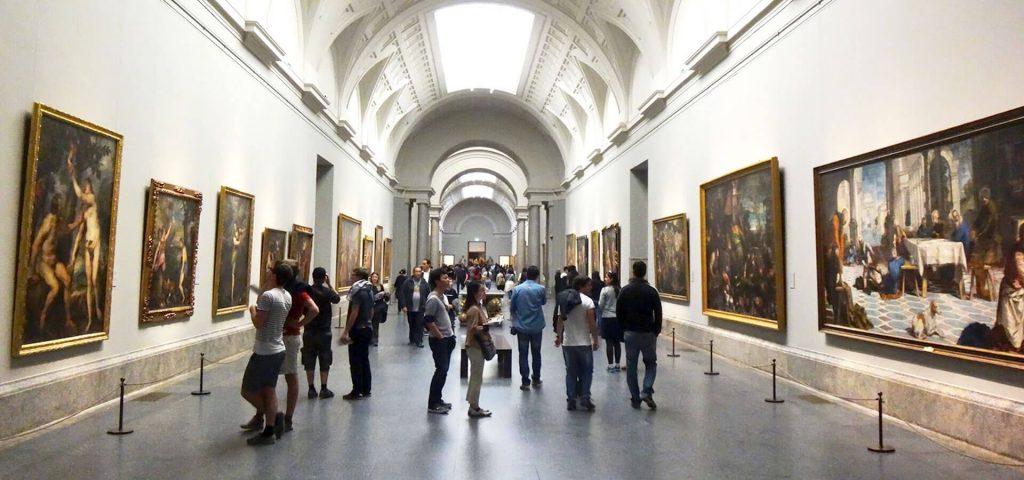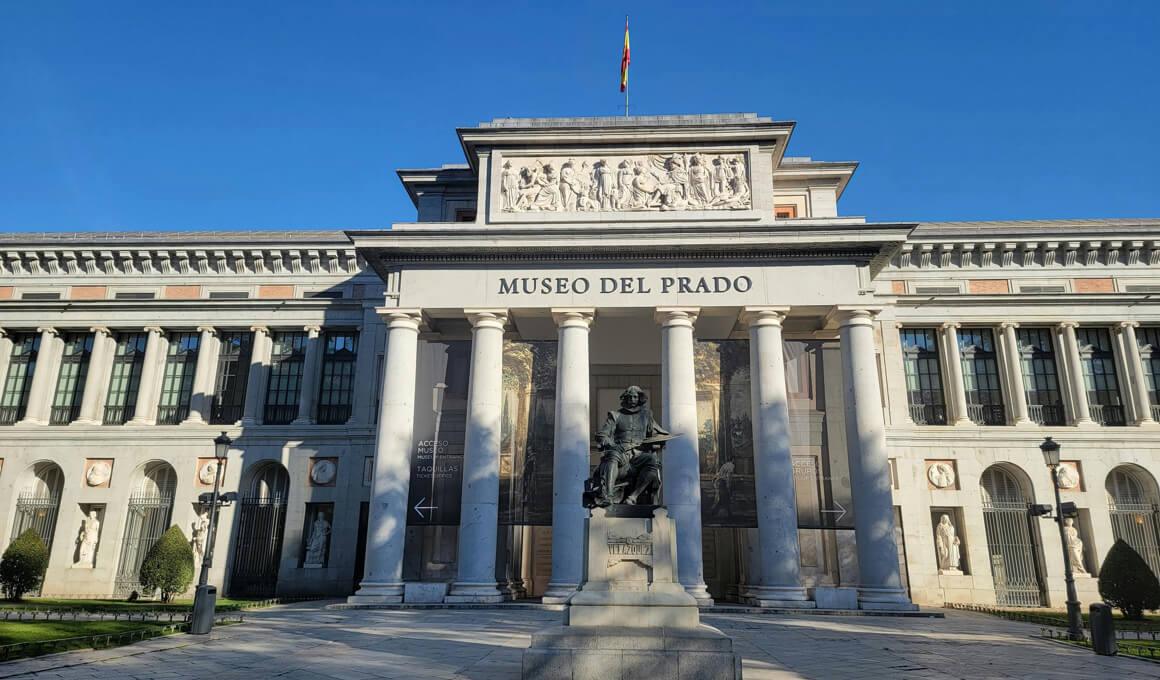In the vibrant heart of Madrid, the Museo Nacional del Prado safeguards more than paintings—it holds the visual memory of modern Western culture. Its walls, steeped in centuries of art, are also silent keepers of the tensions, ideals, and passions that have shaped Europe. Yet walking through its galleries without a trained gaze can be as bewildering as trying to decipher a manuscript in an ancient language.
That’s why we offer more than a simple visit: a journey that blends art history with cultural interpretation, where each work is revealed as a historical document—rich with symbols, silences, and layered meaning.
Founded in 1819, the building that now houses the Prado was originally intended for Natural Sciences, but Spain’s political and cultural shifts soon transformed it into the home of the royal collections. Thus was born one of the most influential art galleries in the Western world.
Velázquez’s Las Meninas, Bosch’s The Garden of Earthly Delights, and Goya’s The Family of Charles IV are not masterpieces for technique alone—they are mirrors of their time, visual chronicles that portray dynastic struggles, philosophical ideals, views of the body, power, and the afterlife. To look at them without context is to miss much of their symbolic richness.

➤ Don’t just walk through it—listen to it
The Prado is not meant to be “covered” in an hour. It is meant to be inhabited. A museum like this is not conquered—it is contemplated, questioned, listened to. Only then does its historical dimension begin to emerge.
➤ Follow a story, not a map
Forget the traditional itinerary. Choose a thematic thread: the Renaissance and the notion of the body, political allegories of the Baroque, the evolution of royal portraiture, or the invisible role of women artists. Each approach turns the visit into a living lesson in history and thought.
➤ Seek someone who can translate images
Having an art historian isn’t just about facts—it’s about accessing deeper readings. At Voilàrt, we work with specialists like Elena Montoro, whose expertise in symbolism and iconography transforms each canvas into an open door to cultural understanding.
➤ Take time to truly look
Spending five real minutes with a single artwork is almost a radical act today. But that act reveals the essential: the tension in a glance, secondary objects that reveal status or belief, the play of light that hints at emotion. Each painting is a microcosm of its era.
The Prado is not just art—it is visual history, myth, politics, and philosophy. To see it this way is to restore its depth—and, above all, to allow it to speak to us, the heirs of that very past.
